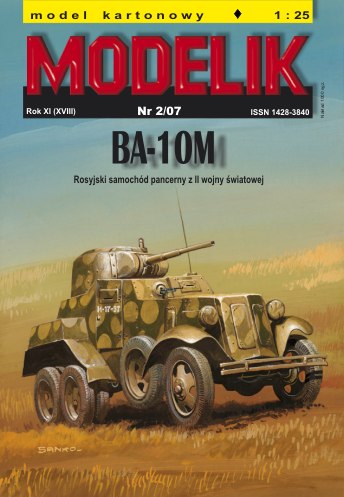

| Publisher | Modelik | Very detailed model of a Russian Armoured car with interior.A lot of 3D Diagrams and views completes the kit. This particular armoured car was utilized in the Second World War.The model is rated with 5 on the GMI index and that means it's a medium/difficult kit.It's most suitable for the experienced modelbuilder. | ||
| Designer | Waldemar Rychard | |||
| Scale | 1:25 | |||
| Size | 180mm | |||
| Parts | 1545 | |||
| Pages | 31 | |||
| Format | 210 x 297 | |||
| GMI | 5-Difficult | |||
| Pages of written instructions in Polish | 7 |
| Pages with parts | 15 |
| Pages with drawings | 9 |
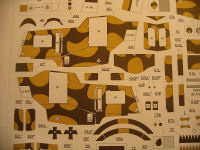 |
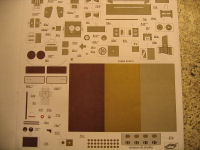 |
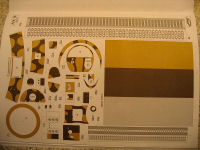 |
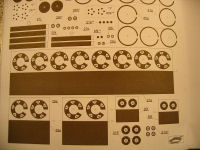 |
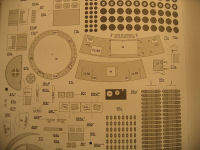 |
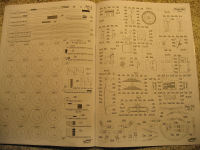 |
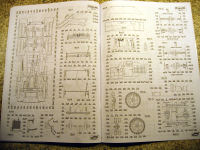 |
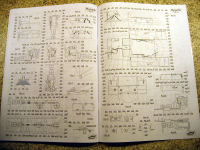 |
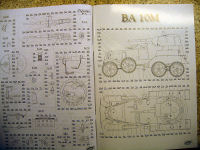 |
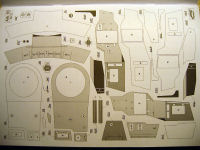 |
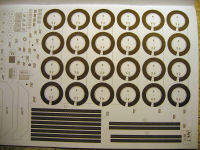 |
| The Ba-10 armored car was introduced in 1938.
It was similar in design to its predecessors the Ba-6 and Ba-9, however it used the chassis of the GAZ-AAA truck.
The superstructure, which was built onto the chassis, was constructed from welded sheet steel.
The truncated cone turret housed the 37mm M1930 gun and a ball mounted DT machine gun.
A second DT machine gun was located in the frontal hull plate, to the right of the driver. Another innovation in the Ba-10's construction, were the freely rotating spare wheels suspended at the sides of the hull. The spares prevented the car from bottoming out and assisted in the traversal of trenches and ditches. An improved variant, the Ba-10M was introduced in 1939. It was fitted with the larger 45mm M1932 gun and carried 49 rounds of ammunition. A further variant, the Ba-10ZD, was also introduced, which could be converted to travel on rails with the fitting of steel disc wheels. All vehicles in the series suffered from poor off road performance and this lead to their early phasing out. The BA-10 remained in use until 1942, when many were converted into armored personnel carriers. Large numbers of BA-10's were captured by the Germans and used for anti-partisan duties. The Germans designated these captured vehicles Panzerspahwagen BAF 203(r). The BA-10 (Russian: Broneavtomobil 10) was an armored car developed in the Soviet Union in the 1930s. The BA-10 was developed from the very similar BA-3 and BA-6 heavy armored cars. It had the same chassis and firepower as the older vehicles, with the same strengths and weaknesses. During the late 1930s, Soviet armoured fighting vehicle designers were using sloped armor on all new designs, and redesigning existing vehicles to take advantage of it. The BA-10 used a slightly smaller, better-sloped armor layout, which improved protection while saving weight. The turret was the same as one fitted to very late T-35 heavy tanks. The thickest armor was 15 mm, compared to 10 mm on the BA-6. The greater engine power (50 hp compared to 40 hp on the BA-6) made the thicker armor practical. Like the BA-6, the BA-10 could be converted to a half-track by fitting auxiliary tracks to the rear pair of dual tandem wheels. On early BA-10s, these tracks were stowed strapped on top of the fenders. Later vehicles had an enclosed stowage box for the tracks in the same location. The tracks were often fitted when the vehicle needed to move across snow or soft ground, such as mud. The BA-10 was used against the Germans on the Eastern Front during World War II, but was rarely seen after the winter of 1941–42. Later in the war, the heavy scouting role was taken over by light tanks such as the T-60 and T-70. A few BA-10s were seen as late as 1943 on the Leningrad front. |
| Weight | 5400kg |
| Length | 4.65m |
| Width | 2.00 meters |
| Height | 2.20 meters |
| Crew | 4 |
| Armor | 10-15mm |
| Primary armament | 45 mm gun 20-K |
| Secondary armament | 2×7.62 DT machine gun |
| Engine | GAZ-MM 50 hp (37 kW) |
| Power/weight | 10 hp/tonne |
| Suspension | Wheeled |
| Operational range | 300 km |
| Speed | 53 km/h |
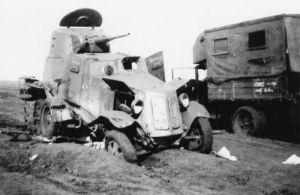 |
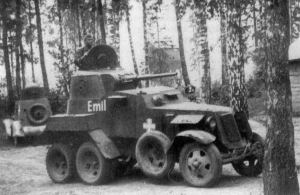 |
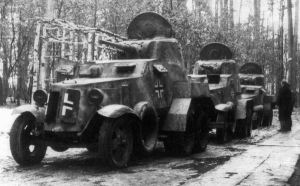 |